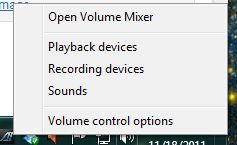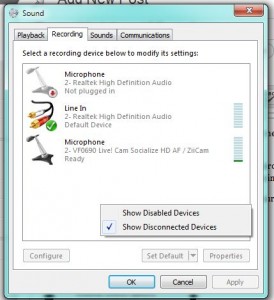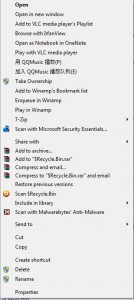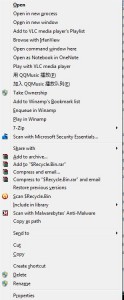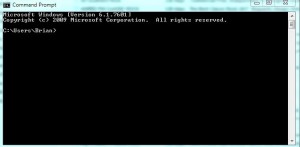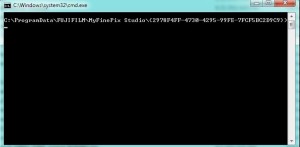Do you need two monitors on your desktop or office setup? With the price of LCD monitors dropping to $100.00 or below, there really isn’t any reason not to consider adding a second (or third) monitor. Here are some considerations:
1. Real Estate – Do you have room for a second monitor? Most office desks, and I’m speaking about SOHO here, are large enough for a printer and a monitor. Maybe it’s time to move the printer off the desk and into another room. It’s networked, right? If it is, it doesn’t have to be right beside you. You would use a second monitor much more than you use your printer.
2. Video Card – In order to hook up a second monitor, you need a video card that supports two displays. For around $100.00 you can get a decent card that will sport two video outs, hopefully digital (DVI or HDMI). Sure, you can use one or two VGA outs but the picture will suffer. Even if your monitors don’t sport an HDMI input, you can get a HDMI to DVI monitor cable for $5.00 or less.
3. Portrait or Landscape – Depending on what you do on your computer, you can get a second display that will enable you to turn the screen 90 degrees. This portrait setting is great for graphics or desktop publishing. A full screen image is easier to work on without scrolling. Another plus here is that a wide-screen monitor turned upright takes up less desktop space.
4. Full Screen Video – Adding a second monitor will allow you to watch full-screen video while you’re using a browser or working on your websites on your other screen. Working on my WordPress sites is a lot easier for me because I can keep the site open on one monitor while adjusting things on my main screen. I don’t have to keep clicking on tabs to see what I’m creating. It’s only a second or two saved but there is no interruption in the workflow. It’s much smoother with two screens.
5. Size Matters – Don’t scrimp with a 17 or 19 inch monitor. These days you can get a 22 or 23 inch monitor for just a bit more money. The percentage of screen increases tremendously. Moving from a 17 inch to a 20 inch monitor will give you 40% more viewing area. You won’t regret springing for something larger than you’ve got now.
6. Name Brands Please – When you’re out shopping for an extra monitor, keep an eye on the brand name as well as the price. I have four Dell monitors that I use on my set up. While I don’t recommend Dell as a company (because of a couple of problems I’ve had recently), they sell decent monitors. Their Ultra-Sharp models are probably not worth the additional money unless you are working in video or photography and need the better color representation and resolution. I have one Ultra-Sharp and it’s nice but for my work, websites and writing, I don’t think I can justify having more than one. Acer, Asus, HP and others make good monitors, too, so keep an eye out for a deal on something with a name you know. Don’t jump for a cheap no-name screen or you’ll regret it. As well, read some reviews of the unit you’re considering.
7. Speakers – Personally, I don’t require speakers on my monitors. Sure, they might save you some room but I picked up a good 5.1 speaker set and I’m quite sure it’s better than any speaker that might come with a monitor. Adding speakers seems to be the new thing for monitor manufacturers and I’m pretty sure that this is an attempt to cash in on the huge home theater market. Built-in speakers are fine for the bedroom or kitchen TV but not for a monitor that you’ll be using every day. A decent 5.1 speaker system can be had for $75 to $100. With a separate speaker set, you can arrange them around you while keeping the centre speaker hooked onto the monitor directly in front. Catching your favorite rock video on a coffee break will be a better experience than ever.
If you have questions or comments, feel free to add them at the bottom. As always, thanks for reading.

